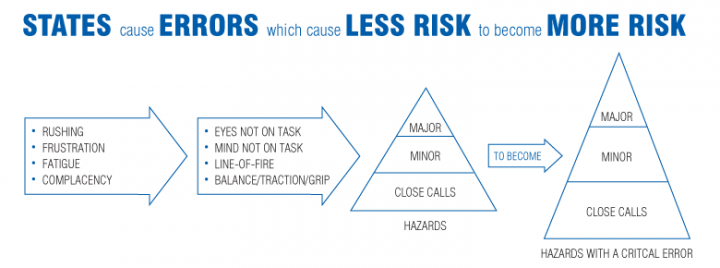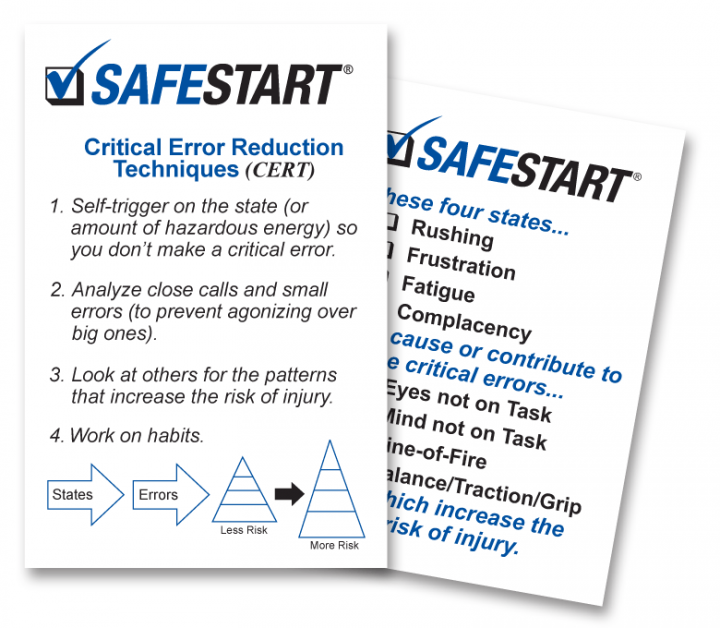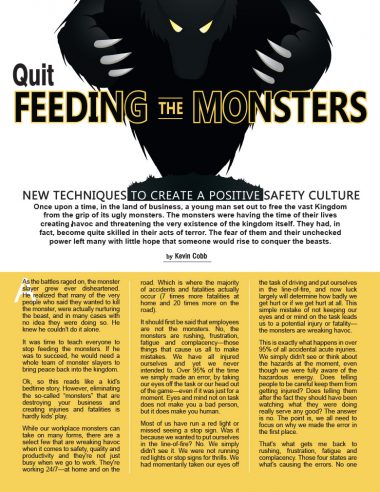By Kevin Cobb
Once upon a time, in the land of business, a young man set out to free the vast Kingdom from the grip of its ugly monsters.
The monsters were having the time of their lives creating havoc and threatening the very existence of the kingdom itself. They had, in fact, become quite skilled in their acts of terror. The fear of them and their unchecked power left many with little hope that someone would rise to conquer the beasts.
As the battles raged on, the monster slayer grew ever disheartened. He realized that many of the very people who said they wanted to kill the monster, were actually nurturing the beast, and in many cases with no idea they were doing so. He knew he couldn’t do it alone.
It was time to teach everyone to stop feeding the monsters. If he was to succeed, he would need a whole team of monster slayers to bring peace back into the kingdom.
Ok, so this reads like a kid’s bedtime story. However, eliminating the so-called “monsters” that are destroying your business and creating injuries and fatalities is hardly kids’ play.
While our workplace monsters can take on many forms, there are a select few that are wreaking havoc when it comes to safety, quality and productivity and they’re not just busy when we go to work. They’re working 24/7—at home and on the road. Which is where the majority of accidents and fatalities actually occur (7 times more fatalities at home and 20 times more on the road).
It should first be said that employees are not the monsters. No, the monsters are rushing, frustration, fatigue and complacency—those things that cause us all to make mistakes. We have all injured ourselves and yet we never intended to. Over 95% of the time we simply made an error, by taking our eyes off the task or our head out of the game—even if it was just for a moment. Eyes and mind not on task does not make you a bad person, but it does make you human.
Most of us have run a red light or missed seeing a stop sign. Was it because we wanted to put ourselves in the line-of-fire? No. We simply didn’t see it. We were not running red lights or stop signs for thrills. We had momentarily taken our eyes off the task of driving and put ourselves in the line-of-fire, and now luck largely will determine how badly we get hurt or if we get hurt at all. This simple mistake of not keeping our eyes and or mind on the task leads us to a potential injury or fatality— the monsters are wreaking havoc.
This is exactly what happens in over 95% of all accidental acute injuries. We simply didn’t see or think about the hazards at the moment, even though we were fully aware of the hazardous energy. Does telling people to be careful keep them from getting injured? Does telling them after the fact they should have been watching what they were doing really serve any good? The answer is no. The point is, we all need to focus on why we made the error in the first place.

Figure 1
That’s what gets me back to rushing, frustration, fatigue and complacency. Those four states are what’s causing the errors. No one seems to ever ask why we took our eye off the ball or why our head was not momentarily in the game.
These monsters have even evolved into feeding themselves. Someone gets hurt—and the management group gets frustrated (monster). They round the employees up and lecture them about the importance of safety—as if the employees didn’t already care. This makes the employees frustrated—which in turn leads to more eyes and mind not on task and potentially more injuries. In other words, the people who say they want zero injuries are actually feeding the monsters.
Knowing what’s really feeding the monsters is good, but knowing this does you no good at all if you’re not thinking about it at the time you are in that state. When you find yourself rushing because you are late for a meeting, are you thinking about the risk or just thinking about getting to the meeting on time? What about the 4th time you have tugged on a wrench to free a bolt, are you thinking about the wrench slipping and potential line-of-fire? When you are tired, do you think about the impact it may have on your decision making? How about when you have done a job a “thousand times before”, do you think about complacency and the problems it can cause?

Figure 2
We know that these 4 states lead to errors, but what do we do about it? We need to develop skills to manage them. For example, we need to develop self-triggering skills so we can realize that we are in one or more of these states. When you’re rushing you need to understand, at that moment, its propensity to cause accidents and mistakes well enough to take corrective action. Of course, when you realize you’re rushing, your first inclination should be to slow down. However, if you can’t slow down (rushing a child to an emergency room) you can use that as a trigger to focus more, by getting your eyes and your mind on task and thinking about line-of-fire and balance, traction or grip. This simple technique has been proven time and again to prevent accidents or mistakes from occurring. However, self-triggering is only one of 4 critical error reduction techniques you can use to prevent error and injury (see Figure 2).
Of course we can’t prevent every mishap. We may still experience small bumps and bruises along the way. But what we can do is develop our skills to help us to determine what state to error pattern was present, and more importantly what critical error reduction technique we can use to prevent the error from occurring next time. Through using these 4 simple techniques, we will continue to develop our own skills of recognizing potential errors before we make them.
What I have found interesting is that these state to error patterns repeat themselves at work, at home and on the road. My experience with over 75,000 employees at hundreds of companies tells me that these mistakes occur everywhere. Whether I have been in Canada, the USA, the Arctic Circle or the jungles of Mexico, I see the same monsters causing people to make the same critical errors. The good news is these four efficient techniques will go a long way in slaying these universal monsters. If applied consistently we can protect ourselves and our kingdoms.
With Kevin’s 15+ years of experience working with companies in nearly every industry, he comes to you with a vast amount of experience in implementing behavior-based safety and advanced safety awareness programs. With his consulting hat on, he has trained and presented to more than a quarter of a million managers, supervisors and employees—improving safety at literally hundreds of organizations. Kevin is the author of “Quit Feeding the Monsters: Creating a Positive Culture” and speaks at dozens of conferences every year across North America.

Get the PDF version
You can download a printable PDF of the article using the button below.

